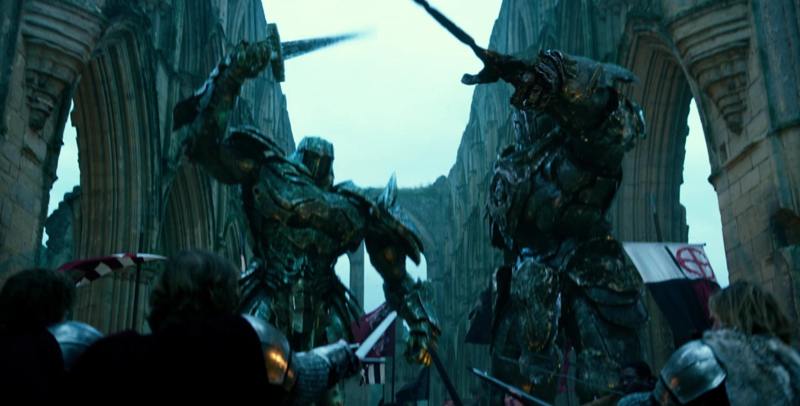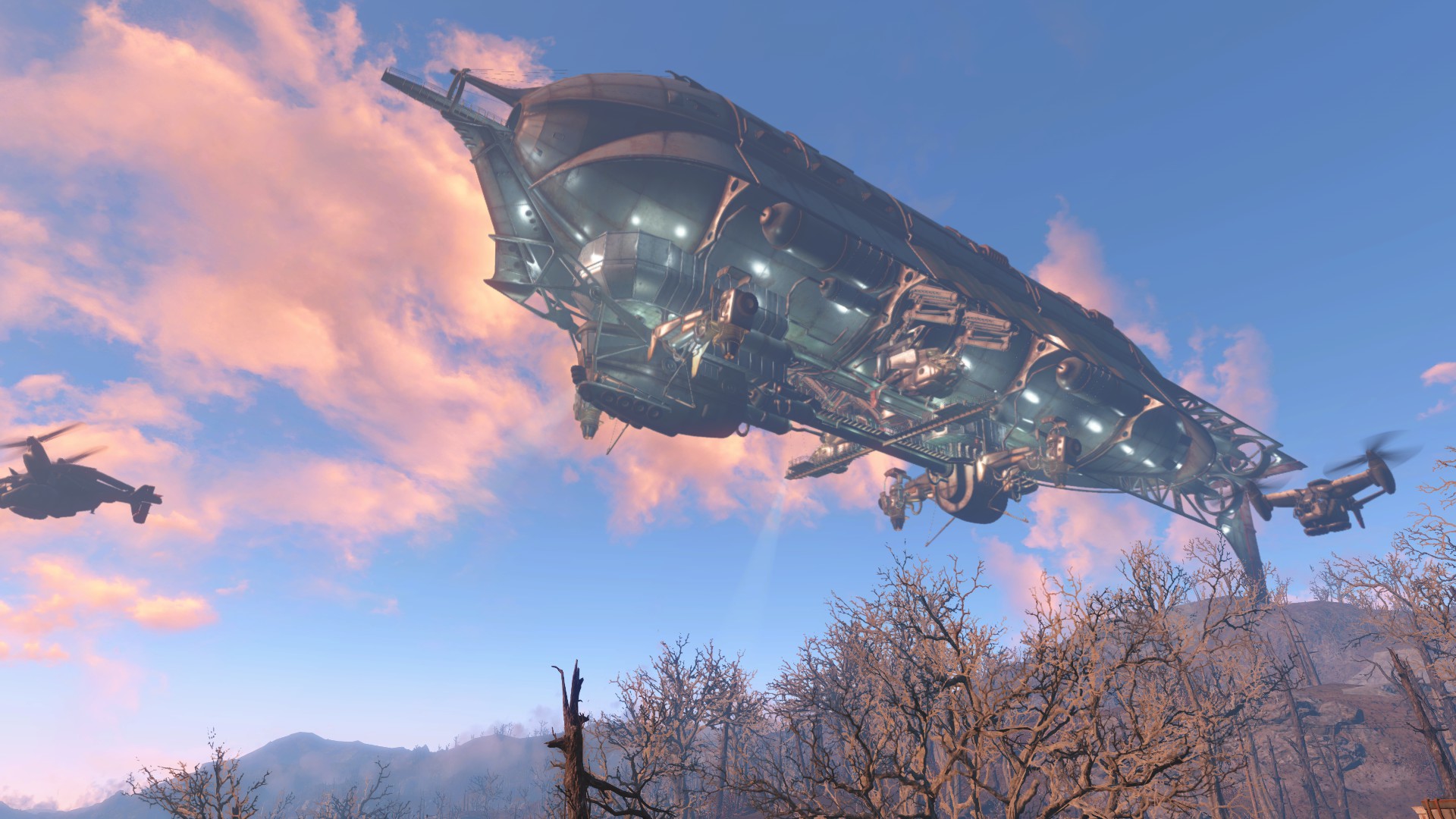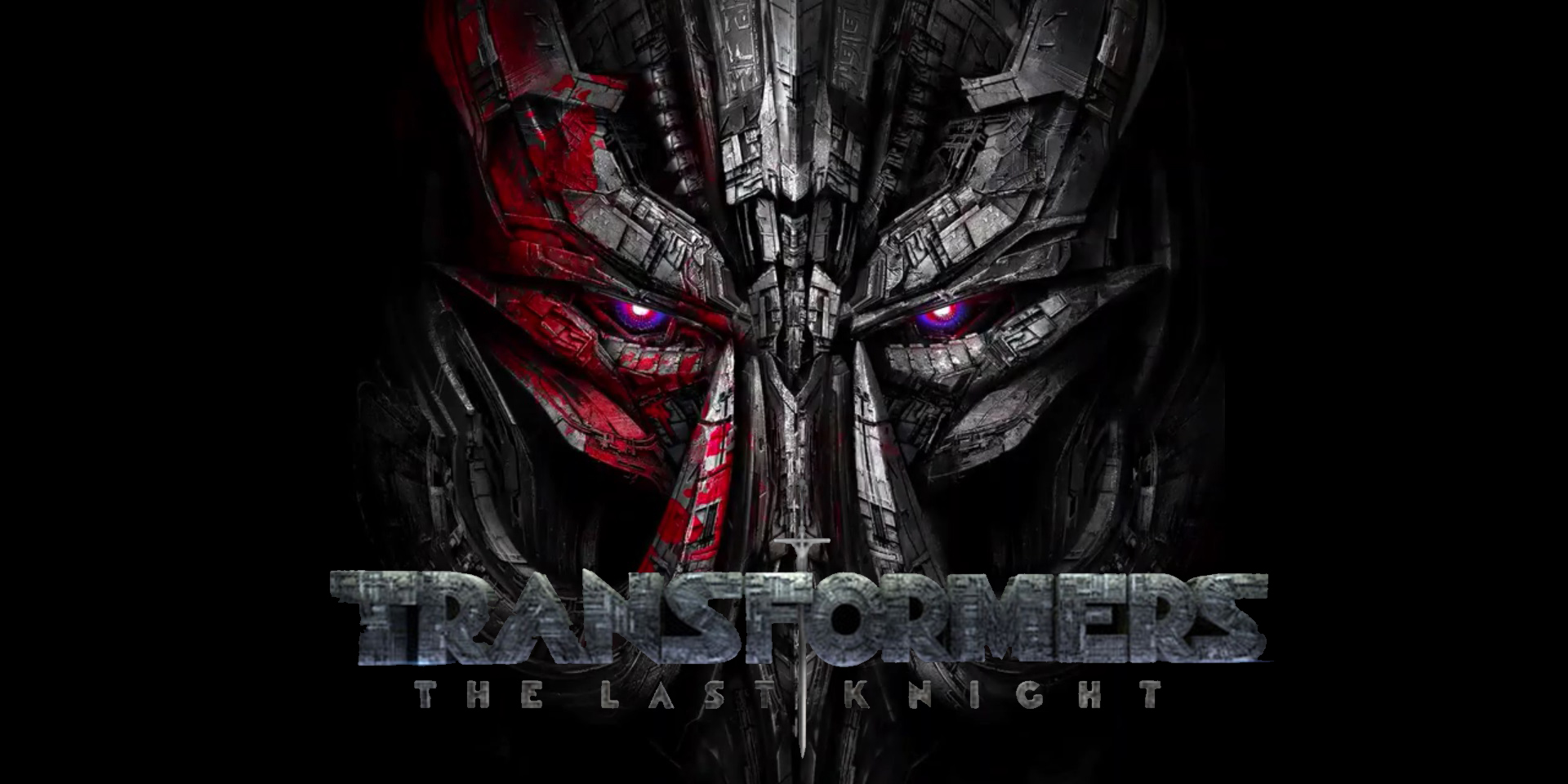*Post contains details of the introductory sequence of Transformers: The Last Knight*
The year is 2007 and younger me is in a library comparing two documents. One is a translation from Latin, the other written in old Welsh; both refer to a battle at somewhere called Badon. Younger me wonders if this knowledge will ever serve me in my life beyond passing the module specifically on historical mentions of King Arthur.
The year is 2017 and present me sits in a cinema, throwing her arms up when a three headed dragon made up of twelve Transformers, swoops from the skies and turns the tide at that very battle. Younger me had no idea of the sheer…joy? Sure, joy, that was to come in her future.
Transformers: The Last Knight is Michael Bay’s most recent contribution to the series. Having not seen any of the Transformers films since it’s debut release in 2007, I’m not sure what I was expecting. Having the opening sequence set in a fifth century battle, referred to only in a handful of Latin texts, was not it. And so, for the sake of 2007 me, I will finally put to use the knowledge I gained translating obscure Welsh texts in a library filled with dead flies.
Knights of the Round Table, Transformers and…trebuchets?
As I said, the opening sequence of The Last Knight is set in “England: The Dark Ages”, later revealed to be 484 AD. Here the King of the Britons, Arthur, is engaged in a fierce battle with the Saxons, which he looks to lose. While his closest knights, including Lancelot, urge retreat, Arthur refuses, claiming that his court wizard, Merlin, has promised assistance. The knights despair, until Merlin delivers on his promise, summoning a three headed dragon to defeat the Saxons. Merlin is no wizard, however. He is, instead, a conman who happened to discover a crashed alien ship and promised the Transformers inside that he would not reveal their existence to his people. In return for his secrecy they assist him by becoming ‘Dragonstorm’ – a three headed dragon, and helping the Britons drive off their enemies. The twelve transformers (the Knights of Iacon) then remain with Arthur and become part of the Knights of the Round Table.
Robot-like aliens transforming into dragons notwithstanding, the battle itself is largely inaccurate but with surprising moments of accuracy, betraying a researcher’s attention to detail somewhere along the line. While most of the participants are decked out in armour and trappings better suited to a thirteenth century crusade, and the use of late medieval design trebuchets more jarring than the transforming robot aliens, the enemy of the Britons are unmistakably smattered with Picts. Somewhere along the line, somebody actually looked at a map of post-Roman, Celtic Britain, and then went as far as looking at what their Saxon enemies looked like. Not that the Picts were Saxon of course, but the Britain belonging to the Celtic Britons reached as far as Hadrian’s Wall, North of which was Pictish land. If a fictional battle to end all battles is going to take place anywhere in Britain, it would make sense to be at the point where the borders collided.

The Battle of Badon alt. The Battle of Badon Hill alt. The Battle of Mount Badon
As for the real Battle of Badon, so little is known as a fact, while much is founded in myth and legend. We do not know where the battle took place, nor do we know when. We do not know the details, or even for sure who the belligerents were. What we do know, is that somewhere in Britain, possibly during the 5th century, the Britons won a battle, possibly the battle of Badon, over the Saxons, which halted the latter’s advance for a time.
There are numerous issues in placing Badon as an historical event. In the first place because, if it happened, it happened during the ‘dark ages’, so called because nobody wrote anything down. As a result there are no contemporary sources referring to the event, and the first mention of it comes from Gildas roughly fifty years later. The battle is simply referred to as having occurred, and having pushed back the Saxons, with little other information. Later sources, namely Bede and Nennius, also refer to Badon as a significant victory over the Saxons by the resisting Britons, but again, this is unsubstantiated by contemporary accounts.
The second problem comes in the form of Geoffrey of Monmouth who writes of the battle, and then goes to place King Arthur there. And at this point historians lose their minds. Not only did King Arthur probably not exist, but there are multiple regions that can lay claim to his legend. Here in Wales, we have our own version of the battle. Early Welsh sources claim the battle to be between Vortigern (possibly a fifth century warlord, possibly king of the Britons, possibly fictional) and the Saxons, during which time he was assisted by another local warlord by the name of Arthur. This is the only mention of Arthur as an historical figure in Welsh legend, and even then it occurs in sources that also speak of a man who might not have existed either. Naturally, the Welsh Arthurian tradition holds that the battle took place in Wales. The Cornish Arthurian tradition claims it for Cornwall, and Brittany says the same. Once Arthur is introduced into anything in history, it could immediately have occurred in any place with an Arthurian tradition. Which, unfortunately, is a lot of Great Britain, and some parts of France.
In Geoffrey of Monmouth’s account the “sneaky” Saxons lay siege to (possibly) Bath, but Arthur arrives with his armies to push back these enemies. Geoffrey also mentions the legendary warrior Hengist, who is again, largely a character of myth, to further confuse the historicity. As if we weren’t bordering on the thin line between fiction, legend and myth already, Geoffrey then borrows from Welsh legend by giving Arthur, as the spoils of battle, a number of Welsh weapons, including the Pridwen.

Knights of the Round Table: Robots in Disguise
Given Geoffrey of Monmouth’s tendency towards fabrication, it wouldn’t really come as a surprise if he had inserted a dragon, three headed or otherwise, into the battle. If his imagination had run to robotic aliens, they would quite probably have made an appearance, no doubt to assist Arthur in his holy cause. Alas, as far as Badon Hill is concerned; King Arthur likely didn’t exist, the round table probably didn’t exist, his knights are more likely to be amalgamations of actual knights and those of myth, and for all we know of the actual battle, it might well have been won by a drunk conman, masquerading as a wizard, summoning a dragon made of robot aliens.













